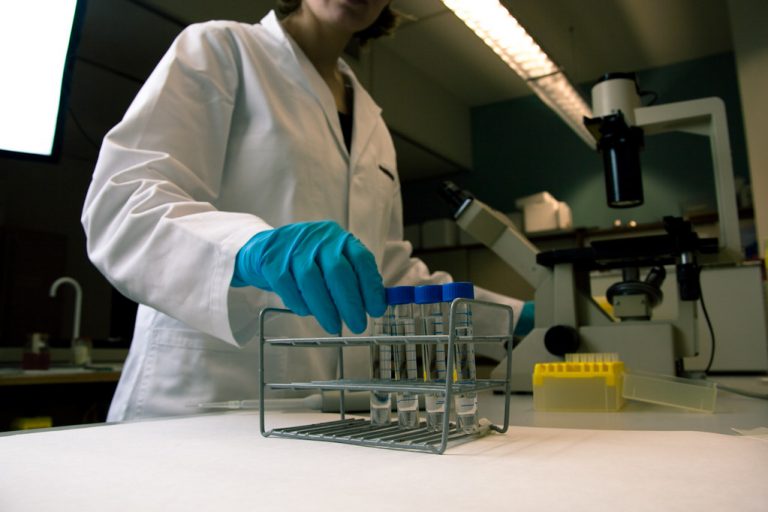
The UK government and a venture capital fund with links to the CIA have taken stakes in a Cambridge-based start-up aiming to commercialise the use of graphene in electrical devices.
Paragraf, which was spun out of Cambridge university, has developed graphene materials with the thickness of a single atom that can be applied to a range of medical, electronic and energy devices.
Graphene has been hailed by scientists and engineers for its extraordinary properties, from superb conductivity to great strength and flexibility. Paragraf’s devices using the material, which allows items to work much more quickly and efficiently, are already being used by researchers at European particle physics research laboratory CERN in Switzerland and by companies such as Rolls-Royce.
Paragraf claims to be the first company to develop scalable technology for the mass production of graphene for the semiconductor industry.
The company has raised $60m to help build commercial operations globally this year.
Among the new investors are the UK government’s Future Fund: Breakthrough scheme, which means that the Treasury will take a direct equity stake in the start-up. The £375m state-backed scheme was set up last year to back promising UK technology companies that needed cash for R&D, and accelerate the deployment of breakthrough innovations.
Other investors include In-Q-Tel, which was set up and backed by the CIA to identify and invest in companies developing cutting-edge technologies that can serve US national security interests.
Existing investors such as FTSE-listed Molton Ventures and UK tech entrepreneur Hermann Hauser’s Amadeus Capital Partners have also committed additional funds. The firm will be valued at about $170m after the funding round.
Paragraf chief executive Simon Thomas said that electronics manufacturers and developers would for the first time be able to use low-power and high-performance graphene-based electronics devices.
“Graphene is the material which will move the microelectronics industry beyond conventional semiconductors. In the foreseeable future, high-volume manufacturers will be able to use Paragraf chips which offer far better performance at far lower power than any silicon-based device is physically capable of.”
He pointed to uses across automotive, medical, aerospace, telecoms, computing and other markets. The funding will enable Paragraf to beef up its sales in the US, Asia and across Europe.
Thomas said that the challenge for graphene has been “how to get it into usable format”.
He added: “We make the graphene and then we make the devices from the graphene. It’s all in-house, we have a manufacturing capability that goes right from material creation all the way through to end-product delivery.”
Paragraf has created a magnetic field sensor using the material that can be applied to devices such as laptops and cars, which use them to tell the driver how fast the car is going or even if their seatbelt is buckled.
“It means that sensitivity of the sensor is orders of magnitude higher [using graphene]. You can take a sensor that’s very mundane, very simple and turn it into something incredibly useful.”
The firm is also developing a biosensor that would, for example, allow almost instant testing of Covid-19 given the conductive nature of graphene.